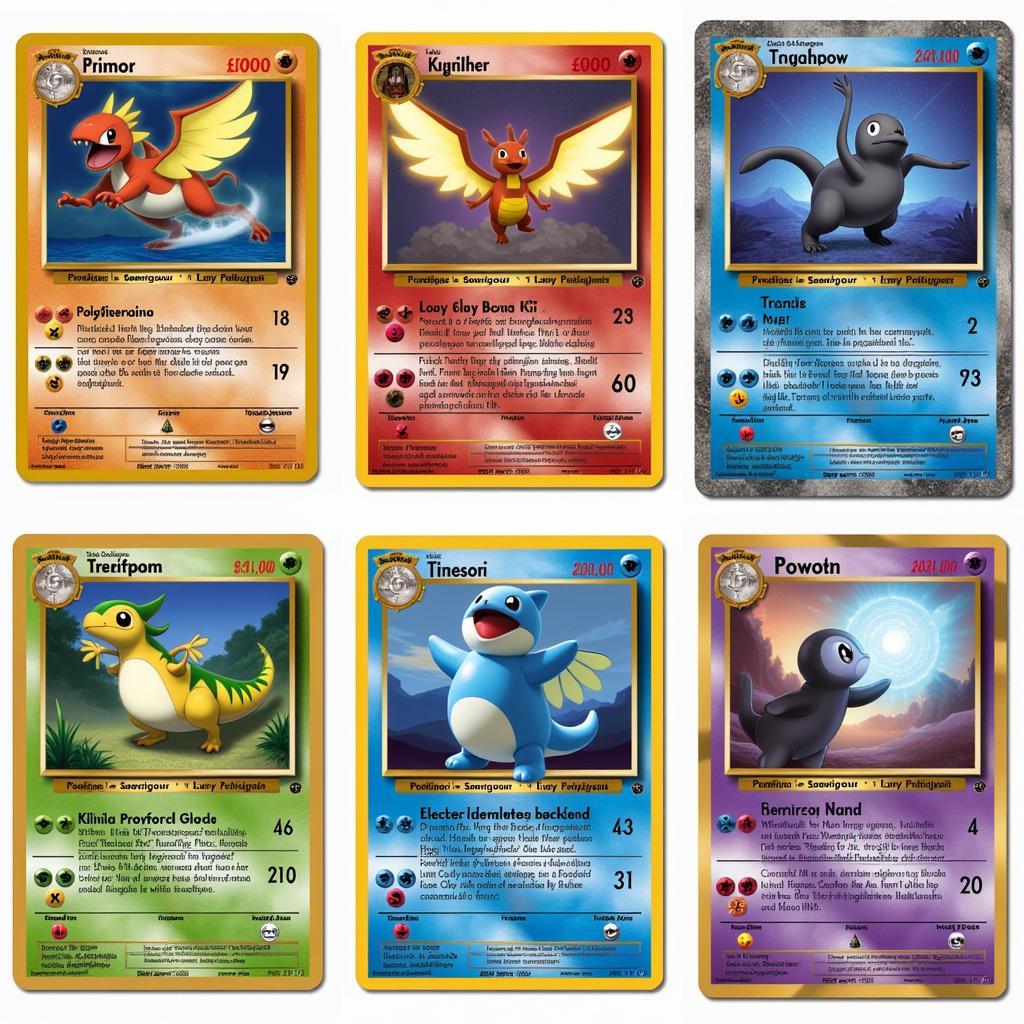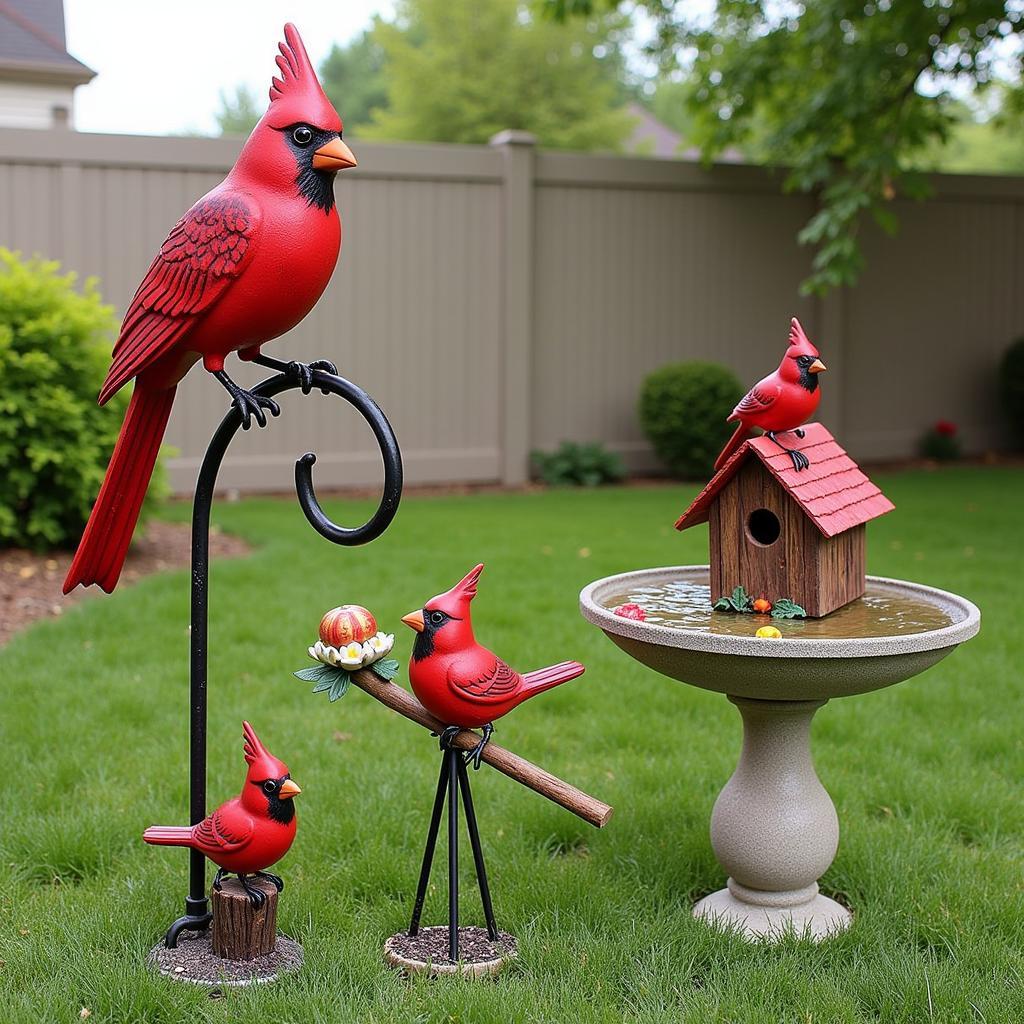The Art of Horror Movies: An Illustrated History
The art of horror movies has captivated audiences for over a century, from the silent terrors of Nosferatu to the modern scares of today. This illustrated history delves into the evolution of horror cinema, exploring the techniques, aesthetics, and cultural influences that have shaped our deepest fears on screen.
The Birth of Horror: Shadows and Silence
The earliest horror films, emerging in the late 19th and early 20th centuries, relied heavily on atmosphere and suggestion to evoke fear. German Expressionism, with its distorted sets and stark lighting, played a pivotal role in shaping the visual language of early horror.
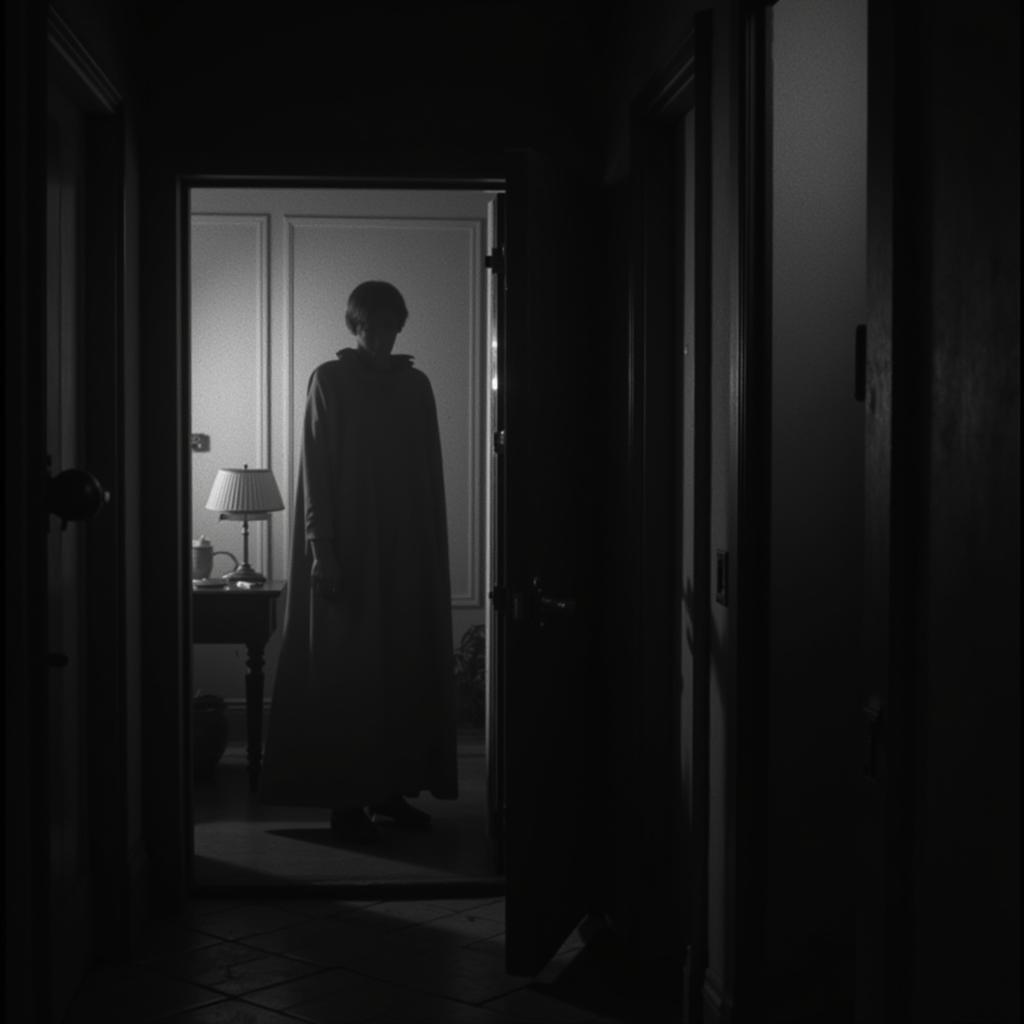 The dawn of horror films
The dawn of horror films
Monsters Among Us: Classic Horror Icons
The 1930s and 40s saw the rise of iconic horror monsters that continue to haunt our imaginations. Dracula, Frankenstein’s monster, and the Wolfman became cultural touchstones, their stories reflecting anxieties about science, morality, and the darker side of human nature.
The Horrors Within: Psychological Thrillers
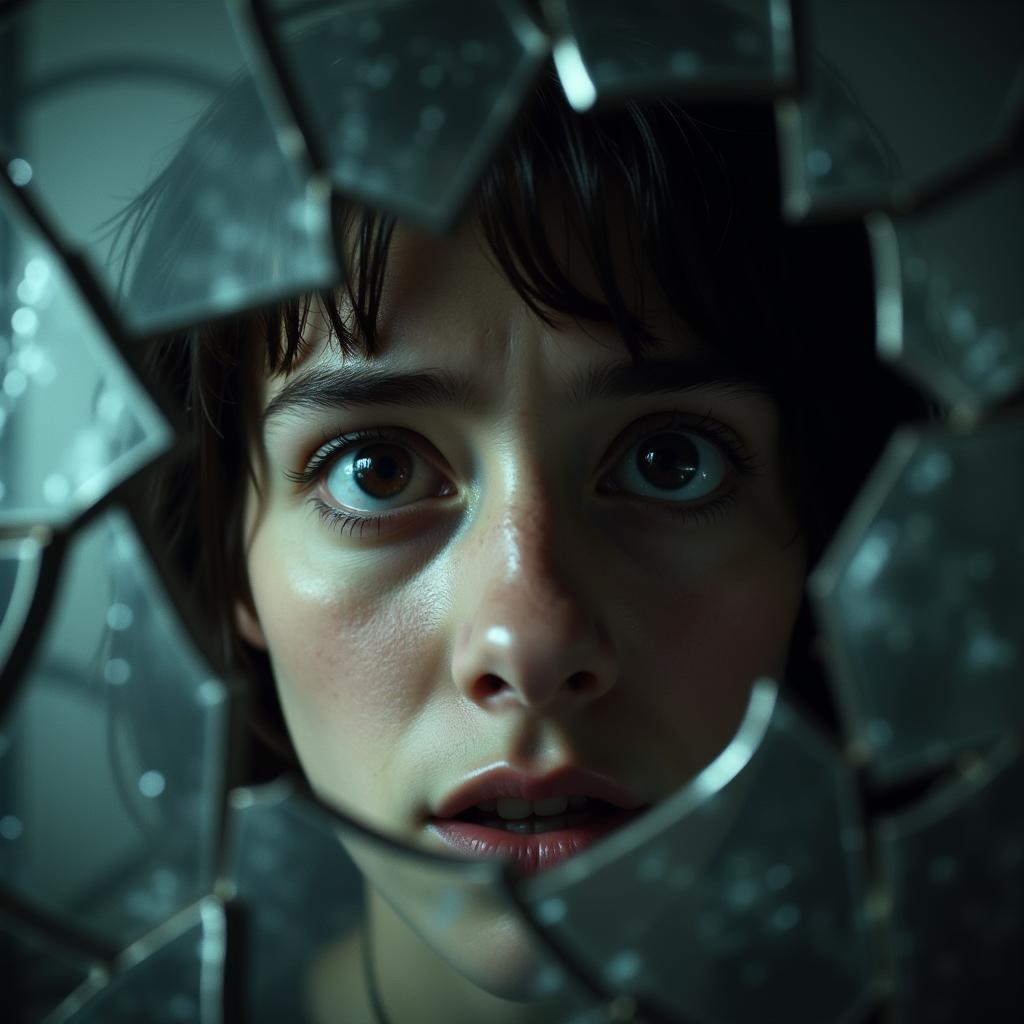 The twists of psychological horror films
The twists of psychological horror films
The 1960s ushered in a new era of horror, marked by a shift from external monsters to the horrors within. Alfred Hitchcock’s Psycho (1960) revolutionized the genre, exploring themes of mental illness and voyeurism. Psychological thrillers emphasized suspense, atmosphere, and the unsettling nature of the human mind.
Blood and Guts: The Slasher Boom
The 1970s and 80s witnessed the emergence of the slasher subgenre, characterized by graphic violence and a focus on masked killers stalking young victims. Films like Halloween (1978) and Friday the 13th (1980) tapped into societal fears about morality and vulnerability, while also delivering visceral thrills.
The Found Footage Phenomenon and Beyond
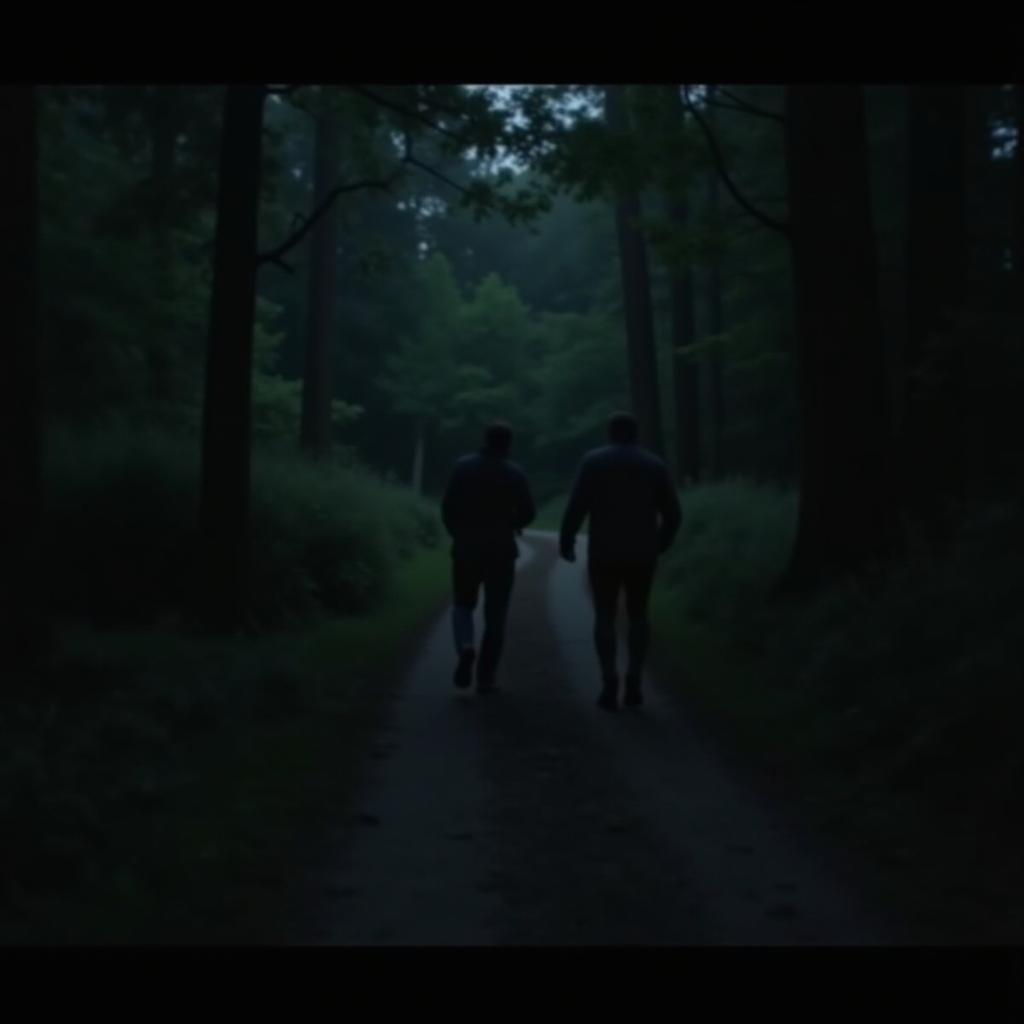 The rise of the found footage genre
The rise of the found footage genre
The late 20th and early 21st centuries saw horror evolve further, embracing new technologies and storytelling techniques. The found footage genre, popularized by films like The Blair Witch Project (1999), created a sense of immediacy and realism, blurring the lines between fiction and reality.
The Future of Fear: What Lies Ahead?
Horror continues to adapt and evolve, reflecting contemporary anxieties and pushing creative boundaries. From elevated horror that blends social commentary with scares to the resurgence of folk horror, the genre remains a powerful force in cinema, reminding us that sometimes, the scariest monsters are the ones we create ourselves.

